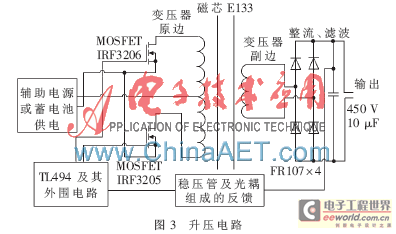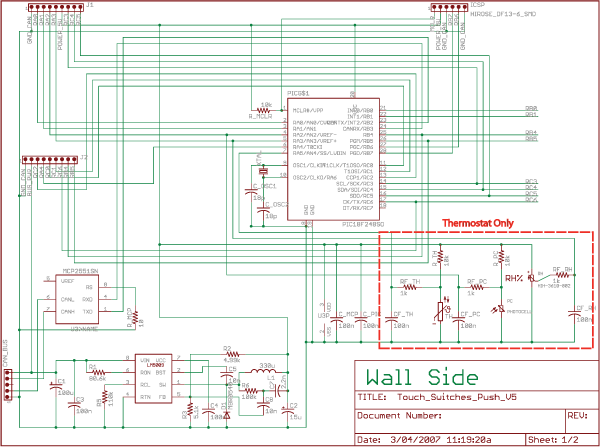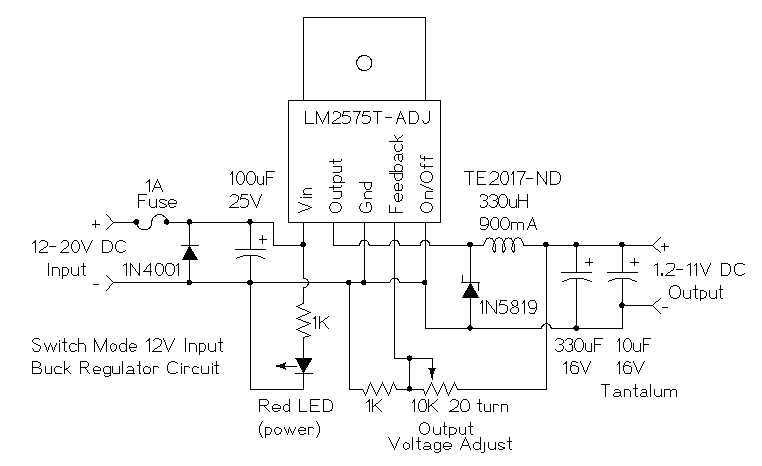
Solid state stepping switch

This circuit was designed to ensure safe operation of a 48-channel mobile transceiver while in motion. It incorporates oscillators that facilitate single-stepping or scanning functions. The scanning feature enables the user to sequentially check all 48 channels for occupancy, with each output indicated by an LED and appropriately labeled for quick reference. Additionally, this circuit can be expanded to scan up to 256 channels by integrating 4 to 16 line encoders or similar components, allowing for flexibility in the number of channels that can be switched.
The circuit utilizes a microcontroller to manage the switching of channels and control the oscillators. The microcontroller is programmed to execute the single-stepping and scanning functions, ensuring that the transceiver can efficiently monitor channel occupancy without manual intervention. Each channel is connected to a digital output pin on the microcontroller, which activates the corresponding LED indicator when that channel is selected.
The scanning functionality is achieved through a timed loop within the microcontroller's firmware, allowing it to cycle through each channel at a set interval. This interval can be adjusted based on user requirements, providing a balance between speed and thoroughness in checking channel availability.
To accommodate the expansion to 256 channels, the circuit can be designed to include additional line encoders. These encoders convert the binary signals from the microcontroller into a format suitable for channel selection. The use of multiplexers may also be considered to manage multiple channel inputs, allowing for efficient switching without overloading the microcontroller's I/O capabilities.
Power supply considerations are crucial for mobile applications; thus, the circuit is designed to operate within a specified voltage range suitable for automotive environments. Protection features, such as fuses and voltage regulators, are recommended to safeguard the components from voltage spikes and fluctuations commonly encountered in mobile settings.
Overall, this circuit design provides a robust solution for managing multiple channels in a mobile transceiver application, ensuring both safety and functionality while enhancing user experience through intuitive LED indicators and expandable channel capabilities.This circuit was designed to make switching of a 48-channel mobile transceiver safe to operate while mobile. The oscillators allow for single-stepping or a scanning function. The scan facility allows for stepping through all 48 channels to check for occupancy or otherwise, and each output is indicated with an LED and labeled accordingly, so at-a-glance indication is possible.
With full scope of this circuit it is possible to scan 256 channels and by adding more 4 to 16 line encoders etc. you could switch to any required number. 🔗 External reference
The circuit utilizes a microcontroller to manage the switching of channels and control the oscillators. The microcontroller is programmed to execute the single-stepping and scanning functions, ensuring that the transceiver can efficiently monitor channel occupancy without manual intervention. Each channel is connected to a digital output pin on the microcontroller, which activates the corresponding LED indicator when that channel is selected.
The scanning functionality is achieved through a timed loop within the microcontroller's firmware, allowing it to cycle through each channel at a set interval. This interval can be adjusted based on user requirements, providing a balance between speed and thoroughness in checking channel availability.
To accommodate the expansion to 256 channels, the circuit can be designed to include additional line encoders. These encoders convert the binary signals from the microcontroller into a format suitable for channel selection. The use of multiplexers may also be considered to manage multiple channel inputs, allowing for efficient switching without overloading the microcontroller's I/O capabilities.
Power supply considerations are crucial for mobile applications; thus, the circuit is designed to operate within a specified voltage range suitable for automotive environments. Protection features, such as fuses and voltage regulators, are recommended to safeguard the components from voltage spikes and fluctuations commonly encountered in mobile settings.
Overall, this circuit design provides a robust solution for managing multiple channels in a mobile transceiver application, ensuring both safety and functionality while enhancing user experience through intuitive LED indicators and expandable channel capabilities.This circuit was designed to make switching of a 48-channel mobile transceiver safe to operate while mobile. The oscillators allow for single-stepping or a scanning function. The scan facility allows for stepping through all 48 channels to check for occupancy or otherwise, and each output is indicated with an LED and labeled accordingly, so at-a-glance indication is possible.
With full scope of this circuit it is possible to scan 256 channels and by adding more 4 to 16 line encoders etc. you could switch to any required number. 🔗 External reference
Warning: include(partials/cookie-banner.php): Failed to open stream: Permission denied in /var/www/html/nextgr/view-circuit.php on line 713
Warning: include(): Failed opening 'partials/cookie-banner.php' for inclusion (include_path='.:/usr/share/php') in /var/www/html/nextgr/view-circuit.php on line 713





